Home>Construction & Tools>Building Materials>How To Restore Brick Color
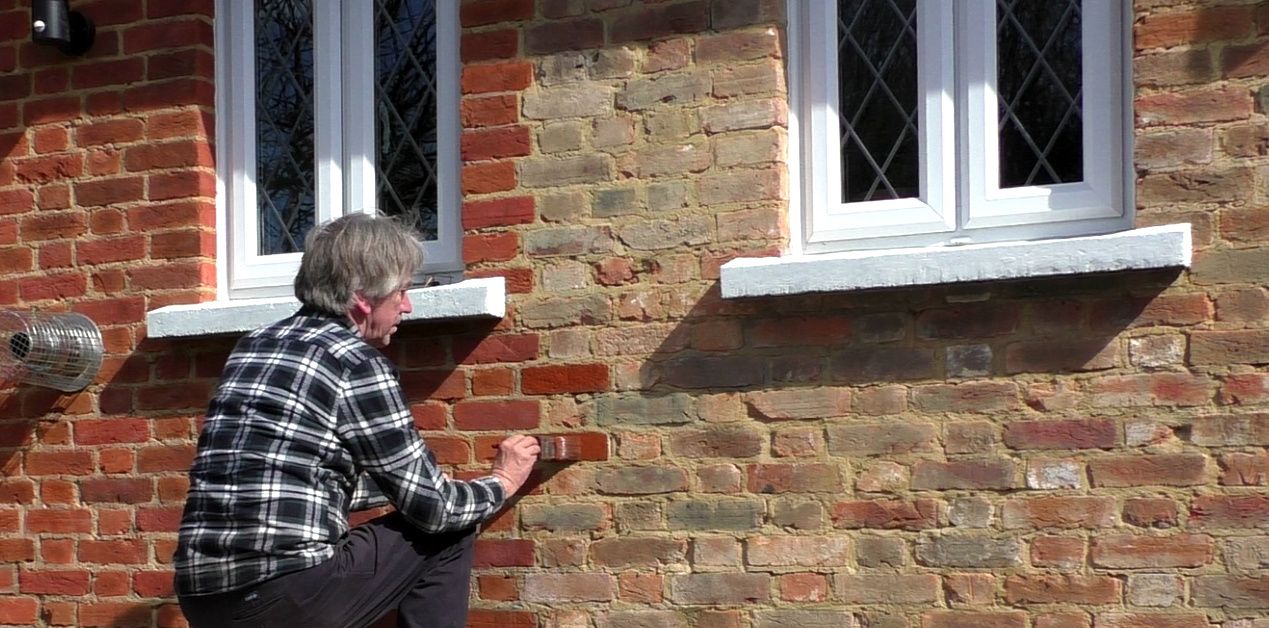

Building Materials
How To Restore Brick Color
Modified: January 24, 2024
Learn how to restore the color of your building materials with our expert tips and techniques. Revive the look of your bricks and enhance the appearance of your property.
(Many of the links in this article redirect to a specific reviewed product. Your purchase of these products through affiliate links helps to generate commission for Storables.com, at no extra cost. Learn more)
Introduction
Restoring the color of brick surfaces can breathe new life into a building's exterior, reviving its aesthetic appeal and adding value to the property. Over time, exposure to the elements, pollution, and general wear and tear can cause brick to lose its original color and vibrancy. However, with the right techniques and products, it's possible to rejuvenate the appearance of weathered and discolored bricks.
In this comprehensive guide, we will delve into the art of restoring brick color, exploring the various factors that contribute to discoloration and the step-by-step process of bringing back the brick's original hue. Whether you're a homeowner looking to enhance your property's curb appeal or a professional in the construction and renovation industry, understanding the nuances of brick restoration can empower you to tackle this task with confidence and precision.
Throughout this article, we will uncover the underlying causes of brick discoloration, from efflorescence and mold to sun exposure and oxidation. By gaining insight into these factors, you will be better equipped to address the specific issues affecting your brick surfaces. Additionally, we will discuss the importance of thorough cleaning and preparation before applying any restoration products, as well as the significance of choosing the right stain or dye for your unique project.
Furthermore, we will explore the application process, providing detailed instructions on how to achieve an even and natural-looking finish that seamlessly blends with the existing brickwork. Finally, we will emphasize the crucial step of sealing and protecting the restored brick surface to ensure long-lasting results and resistance to future discoloration.
By the end of this guide, you will have a comprehensive understanding of the intricacies involved in restoring brick color, empowering you to undertake this transformative endeavor with skill and expertise. Whether you're aiming to revitalize a historic brick facade or simply refresh the appearance of your home's exterior, the knowledge and techniques shared in this article will serve as invaluable tools in your restoration journey.
Key Takeaways:
- Revive the beauty of brick surfaces by understanding and addressing causes of discoloration, thorough cleaning, and selecting the right stain or dye for a vibrant and long-lasting restoration.
- Transform brick exteriors with precise application techniques and sealing for enduring vibrancy and protection against future discoloration, enhancing the timeless allure of brick architecture.
Read more: How To Restore Brick Wall
Understanding the Causes of Brick Discoloration
Brick discoloration can result from a variety of factors, each of which can significantly impact the appearance and integrity of the brick surfaces. Understanding these causes is crucial in effectively addressing the discoloration and implementing appropriate restoration techniques. Here are the primary factors contributing to brick discoloration:
Efflorescence
Efflorescence occurs when water-soluble salts migrate to the surface of the bricks, leaving behind a white, powdery residue. This phenomenon is often triggered by moisture penetrating the brickwork, dissolving salts within the material, and subsequently depositing them on the surface as the water evaporates. Efflorescence not only mars the appearance of the bricks but also indicates potential water infiltration issues that need to be resolved to prevent further discoloration.
Mold and Mildew
Brick surfaces in damp or shaded areas are susceptible to mold and mildew growth, which can manifest as unsightly dark spots or greenish patches. These organic growths not only detract from the visual appeal of the bricks but can also compromise their structural integrity over time. Addressing mold and mildew is essential in restoring the original color and ensuring the longevity of the brickwork.
Sun Exposure and Oxidation
Prolonged exposure to sunlight and atmospheric oxygen can lead to color fading and oxidation of the brick surfaces. UV radiation and airborne pollutants can gradually alter the pigments in the bricks, causing them to lose their vibrancy and appear dull or discolored. Understanding the impact of sun exposure and oxidation is crucial in formulating a restoration strategy that effectively reverses these effects.
Read more: What Is The Color Of Brick
Environmental Pollution
Brick surfaces in urban or industrial areas are particularly susceptible to discoloration due to exposure to environmental pollutants. Airborne contaminants, such as soot, particulate matter, and chemical residues, can adhere to the brick surfaces, resulting in a dingy or discolored appearance. Recognizing the influence of environmental pollution is essential in selecting appropriate cleaning and restoration methods to mitigate its effects.
Water Infiltration and Staining
Water infiltration can lead to staining and discoloration of brick surfaces, particularly in areas prone to heavy rainfall or water runoff. Staining may occur due to mineral deposits, organic matter, or dissolved impurities in the water, leaving visible marks and altering the natural color of the bricks. Understanding the mechanisms of water infiltration and staining is crucial in devising effective solutions to restore the original color and appearance of the bricks.
By comprehensively understanding these causes of brick discoloration, individuals can better assess the specific issues affecting their brick surfaces and implement targeted restoration measures to rejuvenate the appearance of the bricks. Addressing these underlying factors is fundamental in achieving long-lasting and visually appealing results in brick color restoration.
Cleaning and Preparing the Brick Surface
Before embarking on the restoration journey, thorough cleaning and preparation of the brick surface are essential to ensure optimal results. The process of cleaning and preparing the bricks not only removes surface contaminants and imperfections but also creates an ideal foundation for the application of restoration products. Here's a detailed look at the steps involved in cleaning and preparing the brick surface:
Inspection and Assessment
Begin by conducting a comprehensive inspection of the brick surfaces to identify any visible signs of damage, discoloration, efflorescence, mold, or staining. This assessment will help in determining the extent of cleaning and preparation required and in formulating a targeted approach to address specific issues.
Read more: How To Change Brick Color
Surface Cleaning
Utilize a suitable cleaning solution, such as a mild detergent or specially formulated brick cleaner, to remove dirt, grime, and organic deposits from the brick surfaces. Depending on the severity of the soiling, a gentle scrubbing with a soft-bristled brush or a low-pressure wash may be employed to dislodge stubborn contaminants without causing damage to the bricks.
Efflorescence Removal
In cases where efflorescence is present, it is imperative to address this issue before proceeding with the restoration process. Efflorescence can be carefully removed using a combination of water and a mild acidic solution, followed by thorough rinsing to eliminate the residual salts from the brick surface.
Mold and Mildew Treatment
If mold or mildew growth is observed, it is crucial to treat the affected areas with an appropriate antimicrobial solution to eradicate the organic growth and prevent its recurrence. This step is vital in ensuring a clean and sanitized surface for the subsequent restoration procedures.
Stain Removal
Stubborn stains and discolorations, such as those caused by water infiltration or environmental pollutants, may require targeted stain removal techniques. Depending on the nature of the stains, specialized cleaning agents or poultices can be applied to lift and extract the discolorations from the brick surfaces, restoring their natural appearance.
Read more: What Colors Look Good With Brick
Surface Drying and Inspection
After the cleaning process, allow the brick surfaces to thoroughly dry before proceeding with the restoration. Once dry, conduct a final inspection to ensure that the bricks are free from residual contaminants and are in a suitable condition for the application of the chosen restoration products.
By meticulously cleaning and preparing the brick surface, individuals can effectively address existing discolorations, remove surface imperfections, and create an optimal canvas for the subsequent restoration steps. This diligent preparation sets the stage for a successful and visually impactful brick color restoration, ensuring that the rejuvenated surfaces exhibit enhanced vibrancy and longevity.
Choosing the Right Brick Stain or Dye
Selecting the appropriate brick stain or dye is a pivotal step in the restoration process, as it directly influences the final color, longevity, and visual appeal of the rejuvenated brick surfaces. When choosing a brick stain or dye, several key considerations come into play to ensure that the selected product aligns with the desired aesthetic outcome and the specific characteristics of the brickwork.
Color Matching and Compatibility
The first consideration revolves around achieving an accurate color match and ensuring compatibility with the existing brick. It is essential to select a stain or dye that closely matches the original brick color or the desired hue for the restoration. Additionally, the product should be compatible with the composition and porosity of the bricks to facilitate optimal adhesion and color penetration.
Permeability and Breathability
Opting for a brick stain or dye that offers permeability and breathability is crucial in preserving the natural characteristics of the brick surfaces. Products that allow moisture vapor to escape while preventing liquid water ingress help maintain the structural integrity of the bricks and mitigate the risk of efflorescence and moisture-related issues.
Read more: How To Restore A Shed
UV Stability and Fade Resistance
Given the exposure of exterior brick surfaces to sunlight, selecting a stain or dye with UV stability and fade resistance is imperative. UV-resistant formulations ensure that the restored color remains vibrant and resistant to fading, thereby prolonging the aesthetic longevity of the brickwork.
Long-Term Durability and Weather Resistance
Prioritizing products renowned for their long-term durability and weather resistance is essential for ensuring that the restored brick surfaces withstand environmental elements and maintain their visual appeal over time. Weather-resistant stains and dyes offer enhanced protection against moisture, pollutants, and other external factors, contributing to the sustained vibrancy of the restored color.
Environmental Considerations
Considering the environmental impact of the chosen stain or dye is increasingly important in modern restoration projects. Opting for environmentally friendly formulations that minimize volatile organic compound (VOC) emissions and adhere to eco-friendly standards aligns with sustainable practices and contributes to a healthier living environment.
By carefully evaluating these factors and selecting a brick stain or dye that aligns with the unique requirements of the restoration project, individuals can ensure that the restored brick surfaces exhibit a harmonious color match, exceptional durability, and resistance to environmental stressors. This meticulous selection process sets the stage for a successful restoration, culminating in visually stunning and long-lasting results that enhance the overall aesthetic appeal of the brickwork.
Applying the Stain or Dye to Restore Brick Color
Once the brick surfaces have been meticulously cleaned and prepared, the application of the chosen stain or dye becomes the focal point of the restoration process. This pivotal step involves the precise application of the restoration product to rejuvenate the color and enhance the visual appeal of the bricks. Here's a detailed overview of the application process, encompassing the essential techniques and considerations for achieving optimal results:
Read more: What Color To Paint A Brick Fireplace
Surface Testing and Preparation
Before proceeding with the full application, it is advisable to conduct a small-scale test application of the stain or dye on a discreet area of the brick surface. This test serves to assess the color penetration, adhesion, and overall compatibility of the product with the specific brickwork. Additionally, any additional surface preparation, such as priming or conditioning, can be performed based on the test results to ensure uniform color absorption and adhesion across the entire surface.
Application Method and Tools
The method of application and the choice of tools play a significant role in achieving an even and consistent color restoration. Depending on the type of stain or dye selected, application methods may include brushing, rolling, or spraying. It is essential to use high-quality applicators and tools designed for masonry applications to ensure precise coverage and uniform color distribution across the brick surfaces.
Even Color Distribution
When applying the stain or dye, strive for even color distribution and saturation to achieve a natural and aesthetically pleasing result. Work in manageable sections, ensuring that the product is applied uniformly and excess buildup or pooling is avoided. Pay particular attention to mortar joints and textured areas to ensure that the restoration product penetrates and adheres effectively, contributing to a seamless and consistent appearance.
Multiple Coats and Drying Intervals
In some cases, applying multiple coats of the stain or dye may be necessary to achieve the desired color depth and intensity. Allow adequate drying intervals between coats as per the manufacturer's recommendations to facilitate proper color development and adhesion. Thoroughly inspect the brick surfaces between coats to identify any areas requiring additional attention or touch-ups for a flawless finish.
Read more: What Color Goes With Brown Brick
Post-Application Inspection and Touch-Ups
Upon completing the application process, conduct a comprehensive inspection of the restored brick surfaces to identify any inconsistencies or areas requiring touch-ups. Address any uneven coloration, streaking, or missed spots by carefully applying additional product to achieve a seamless and uniform appearance. This meticulous attention to detail ensures that the restored color exhibits a professional and refined finish.
By adhering to these essential techniques and considerations during the application of the stain or dye, individuals can achieve a striking transformation of the brick surfaces, restoring their original color and enhancing their visual allure. The application process serves as the culmination of meticulous preparation and thoughtful product selection, culminating in a rejuvenated and visually captivating brick facade.
Sealing and Protecting the Restored Brick Surface
After successfully restoring the color of the brick surfaces, the final crucial step involves sealing and protecting the rejuvenated brickwork to ensure long-lasting vibrancy and resistance to future discoloration. Sealing the restored brick surface not only enhances its visual appeal but also safeguards it against environmental elements, moisture intrusion, and potential staining. Here's a detailed exploration of the sealing and protection process, encompassing the essential considerations and techniques for preserving the beauty and integrity of the restored brickwork.
Selection of Sealer
Choosing the right sealer is paramount in safeguarding the restored brick surfaces. Opt for a high-quality brick sealer specifically formulated for masonry applications, offering attributes such as water repellency, UV resistance, and breathability. Consider the porosity of the bricks and the desired level of sheen or finish when selecting the sealer to ensure compatibility and optimal performance.
Surface Preparation
Before applying the sealer, ensure that the brick surfaces are clean, dry, and free from any residual restoration products or contaminants. Thoroughly inspect the entire surface to address any touch-ups or imperfections resulting from the color restoration process. Additionally, verify that the weather conditions are conducive to the application of the sealer, avoiding extreme temperatures or precipitation that may hinder the effectiveness of the sealing process.
Read more: What Color Furniture Goes With Brick Walls
Application Method and Coverage
Utilize appropriate application methods, such as spraying, rolling, or brushing, to evenly apply the sealer across the entire brick surface. Ensure comprehensive coverage, paying special attention to mortar joints and textured areas to guarantee uniform protection. Depending on the type of sealer, multiple coats may be necessary to achieve the desired level of protection and sheen, with adequate drying intervals between applications.
Drying and Curing
Allow the applied sealer to thoroughly dry and cure as per the manufacturer's recommendations. This critical phase ensures that the sealer effectively bonds with the brick surfaces, forming a durable protective barrier. Adequate drying time is essential to prevent premature exposure to moisture or environmental factors that could compromise the integrity of the sealing process.
Ongoing Maintenance and Inspection
Following the sealing process, establish a regular maintenance schedule to preserve the integrity of the sealed brick surfaces. Periodic inspections and maintenance activities, such as gentle cleaning and spot resealing as needed, contribute to the sustained protection and visual appeal of the restored brickwork. Additionally, promptly address any signs of wear, damage, or potential water infiltration to uphold the longevity of the sealed surfaces.
By meticulously sealing and protecting the restored brick surface, individuals can safeguard their investment in color restoration and ensure that the rejuvenated brickwork maintains its vibrancy and allure for years to come. The sealing process serves as the final touch in the comprehensive journey of brick color restoration, culminating in visually stunning and enduring results that elevate the aesthetic appeal and longevity of the brick surfaces.
Conclusion
In conclusion, the art of restoring brick color is a transformative endeavor that encompasses meticulous preparation, thoughtful product selection, and precise application techniques. By understanding the underlying causes of brick discoloration, individuals can effectively address specific issues affecting their brick surfaces, laying the groundwork for successful restoration. Efflorescence, mold and mildew, sun exposure, environmental pollution, and water infiltration are key factors that influence the discoloration of brick surfaces, and addressing these factors is fundamental in achieving long-lasting and visually appealing results in brick color restoration.
Thorough cleaning and preparation of the brick surface play a pivotal role in removing surface contaminants and imperfections, creating an ideal foundation for the application of restoration products. This diligent preparation sets the stage for a successful and visually impactful brick color restoration, ensuring that the rejuvenated surfaces exhibit enhanced vibrancy and longevity.
The selection of the appropriate brick stain or dye is crucial in influencing the final color, longevity, and visual appeal of the rejuvenated brick surfaces. Factors such as color matching, permeability, UV stability, durability, weather resistance, and environmental considerations guide the selection process, ensuring that the restored brick surfaces exhibit a harmonious color match, exceptional durability, and resistance to environmental stressors.
The application of the chosen stain or dye becomes the focal point of the restoration process, involving precise techniques to achieve optimal results. Even color distribution, multiple coats, and post-application inspection and touch-ups are essential considerations during the application process, ensuring a striking transformation of the brick surfaces and a visually stunning and long-lasting result.
Finally, sealing and protecting the restored brick surface is the pivotal step in ensuring long-lasting vibrancy and resistance to future discoloration. The selection of the right sealer, thorough surface preparation, precise application methods, and ongoing maintenance and inspection contribute to the sustained protection and visual appeal of the restored brickwork.
In essence, the comprehensive journey of brick color restoration, from understanding the causes of discoloration to meticulous cleaning, thoughtful product selection, precise application, and thorough sealing, culminates in visually stunning and enduring results that elevate the aesthetic appeal and longevity of the brick surfaces. Armed with the knowledge and techniques shared in this guide, individuals can confidently undertake the restoration of brick color, breathing new life into their properties and preserving the timeless allure of brick architecture.
Frequently Asked Questions about How To Restore Brick Color
Was this page helpful?
At Storables.com, we guarantee accurate and reliable information. Our content, validated by Expert Board Contributors, is crafted following stringent Editorial Policies. We're committed to providing you with well-researched, expert-backed insights for all your informational needs.
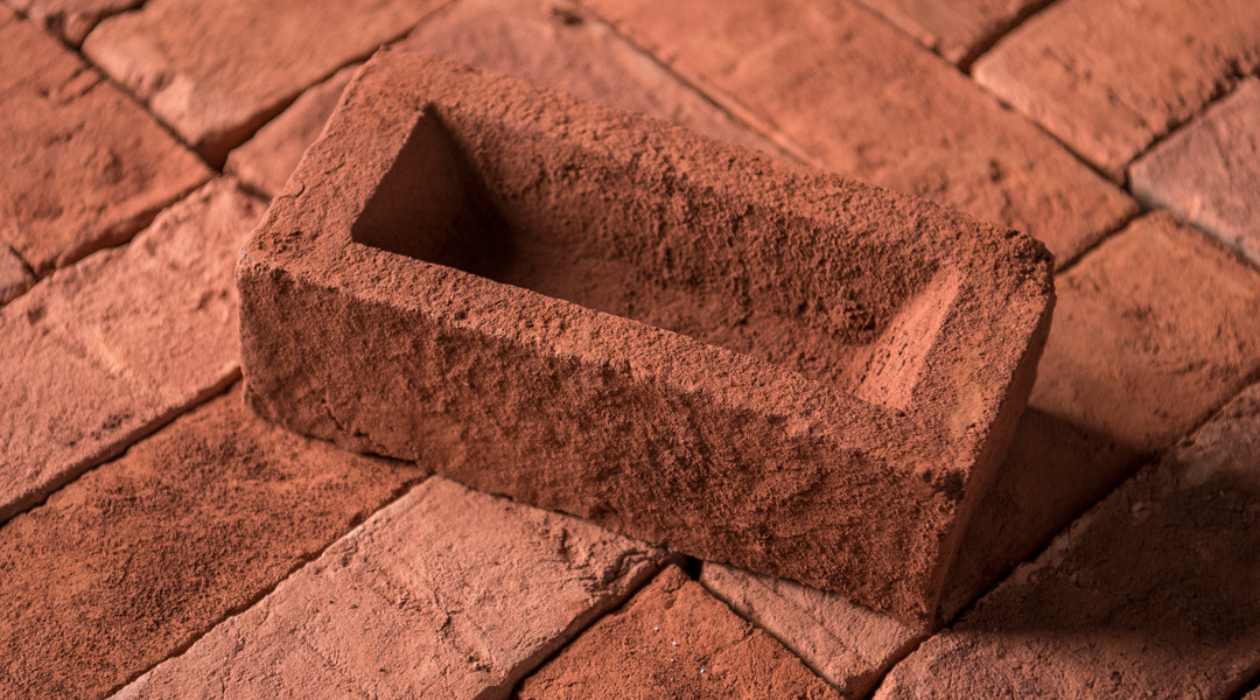
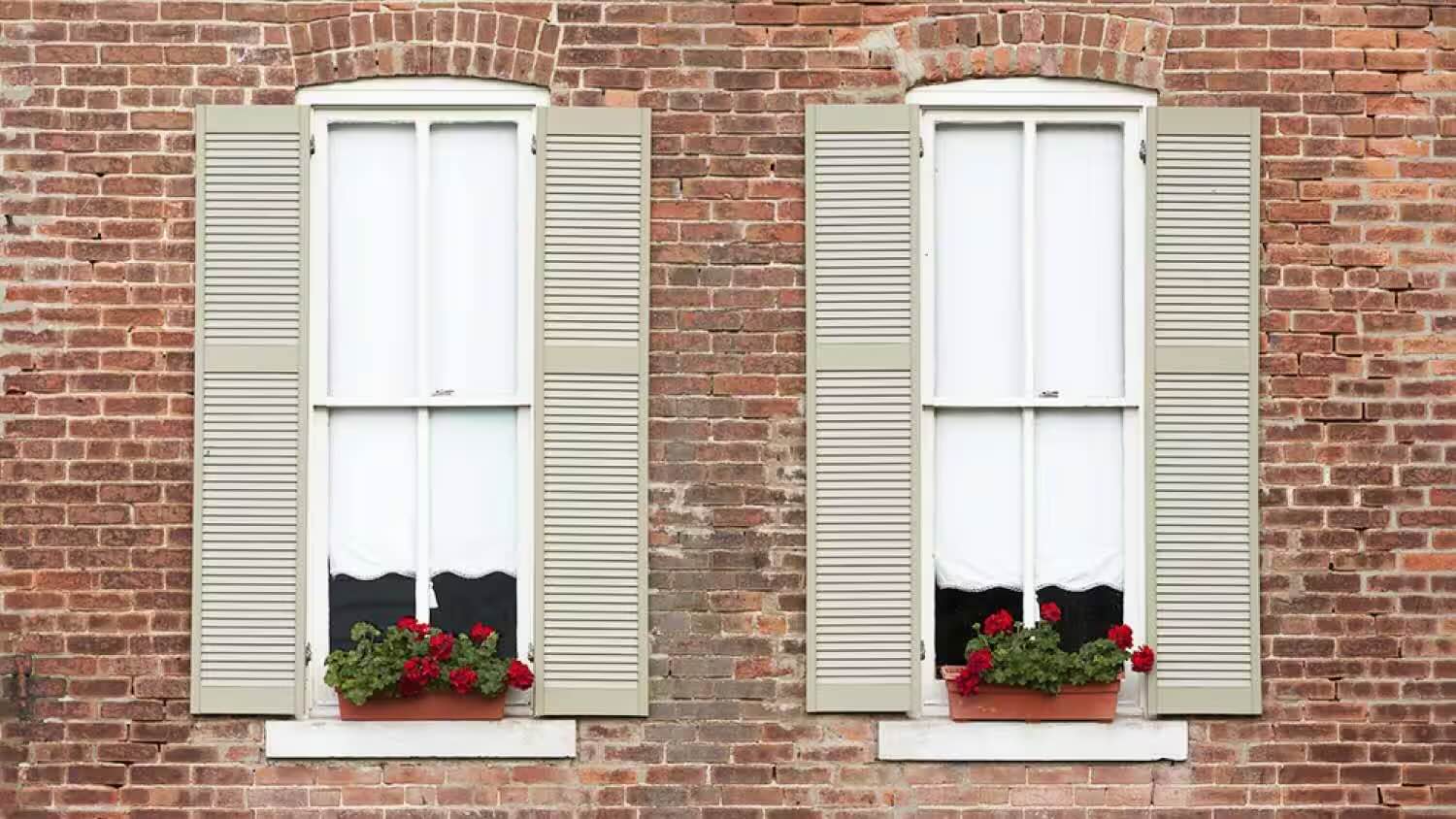
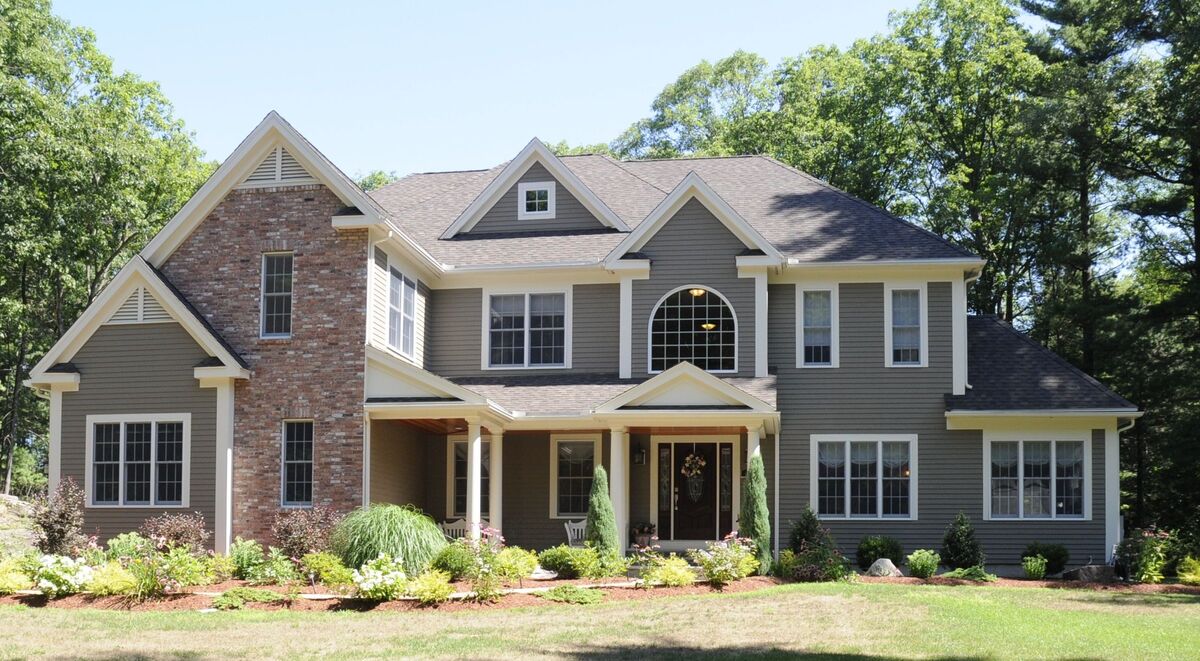
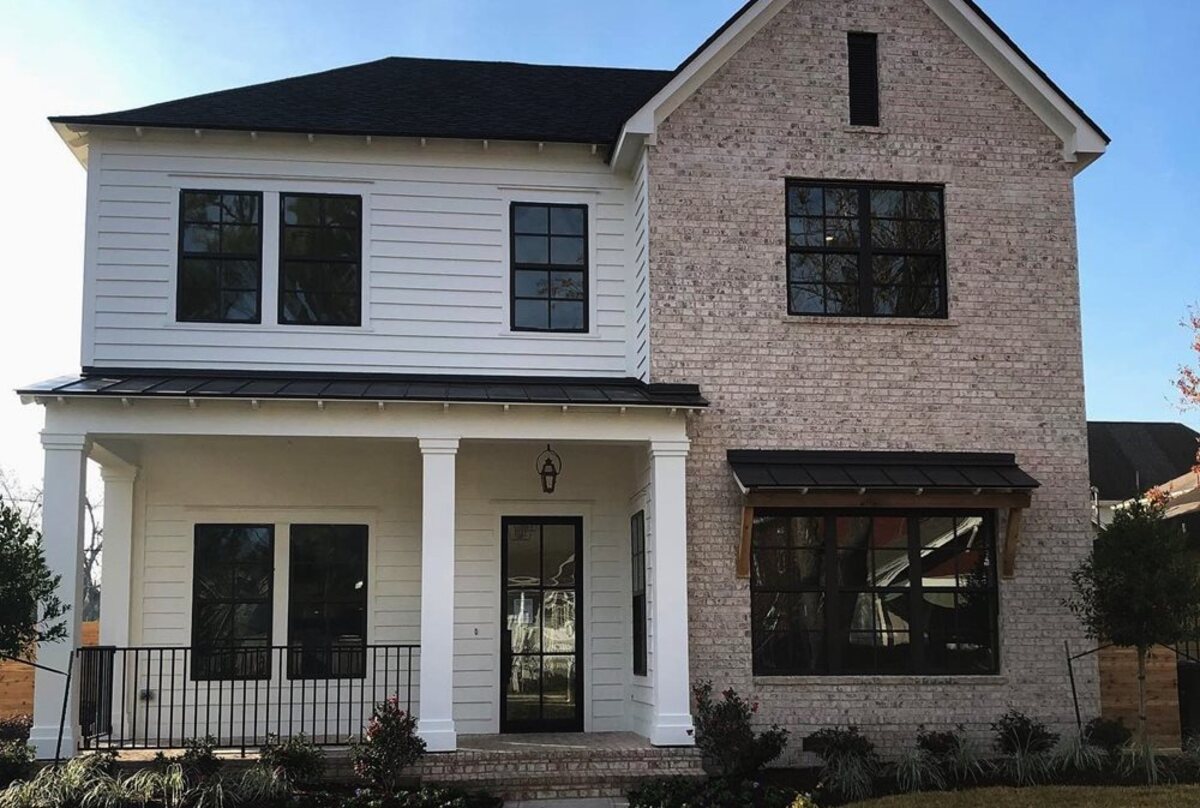
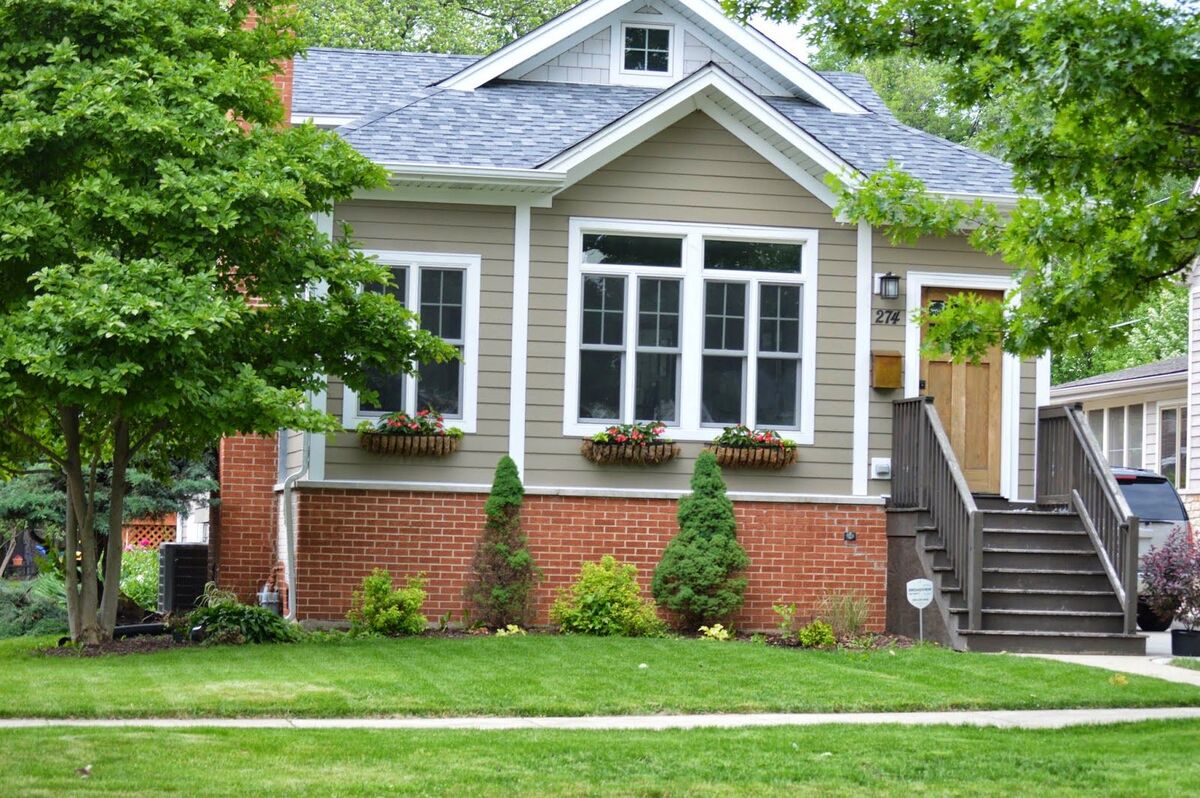

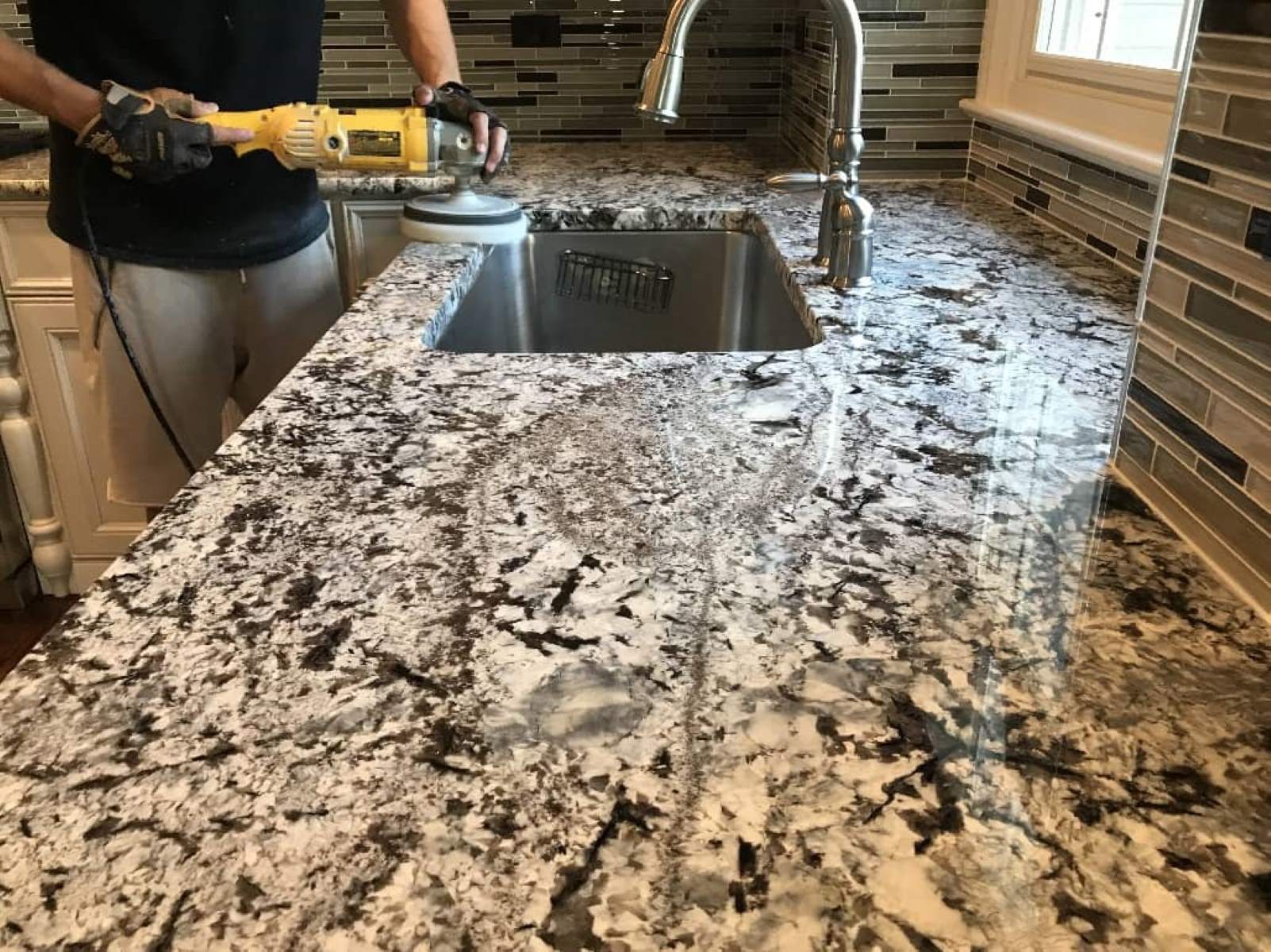
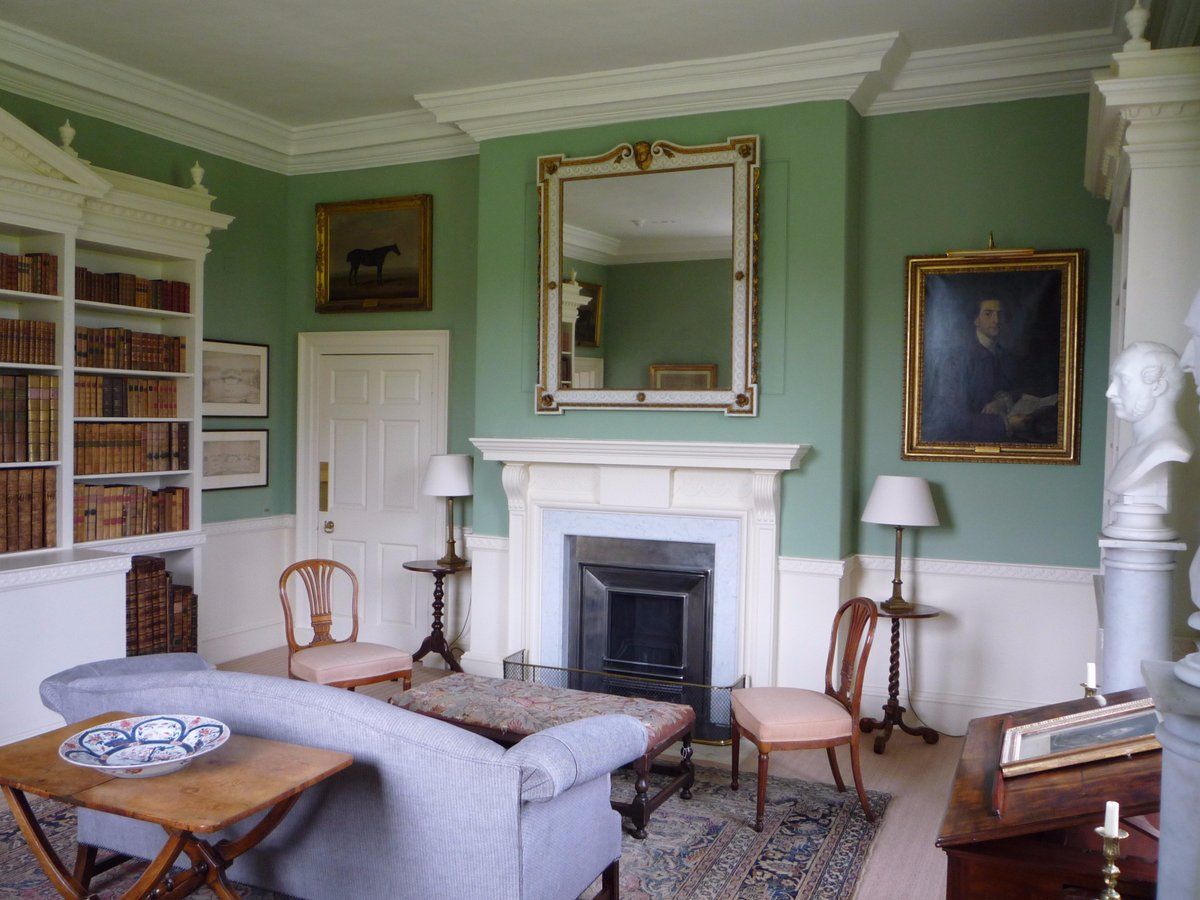

0 thoughts on “How To Restore Brick Color”